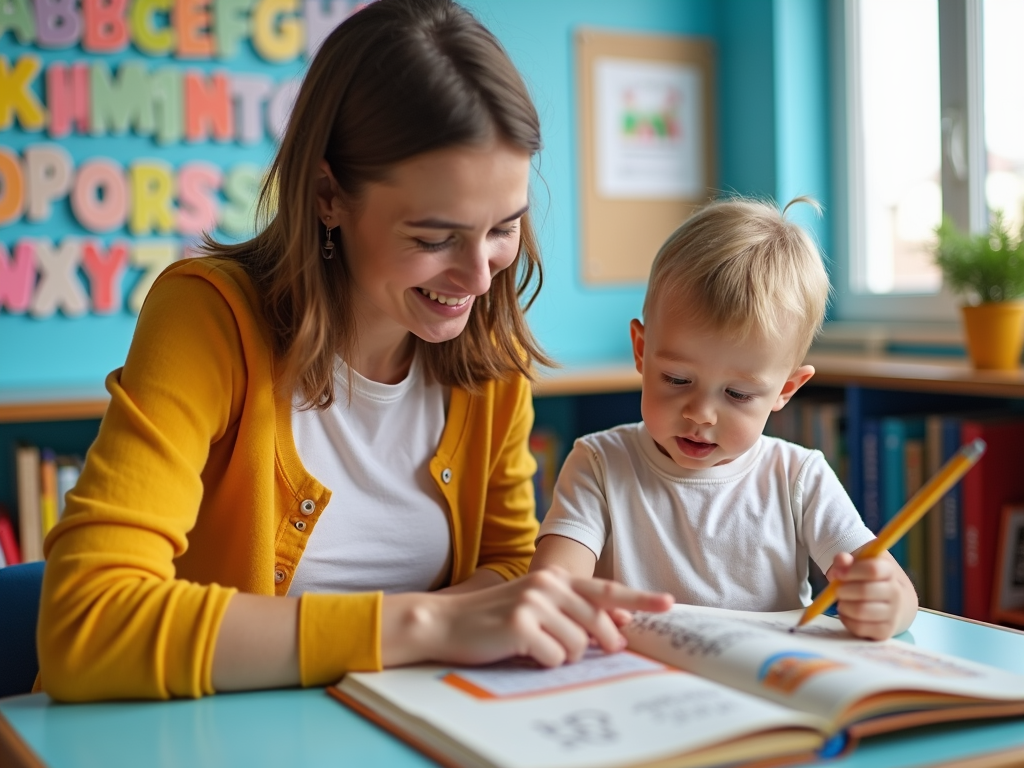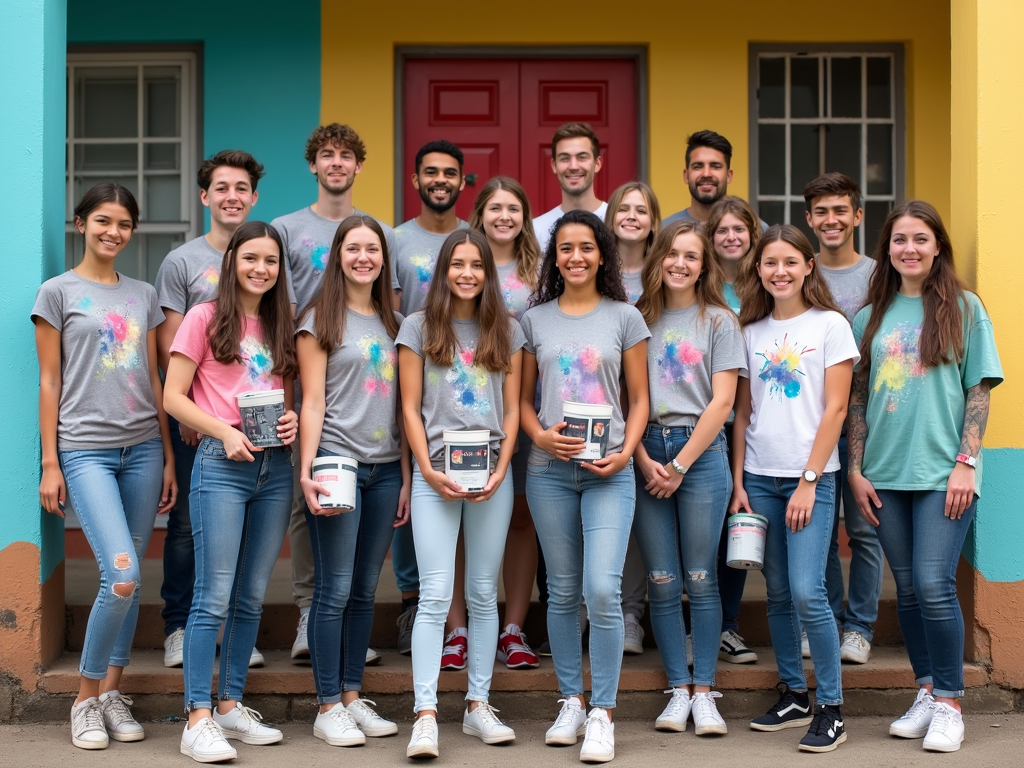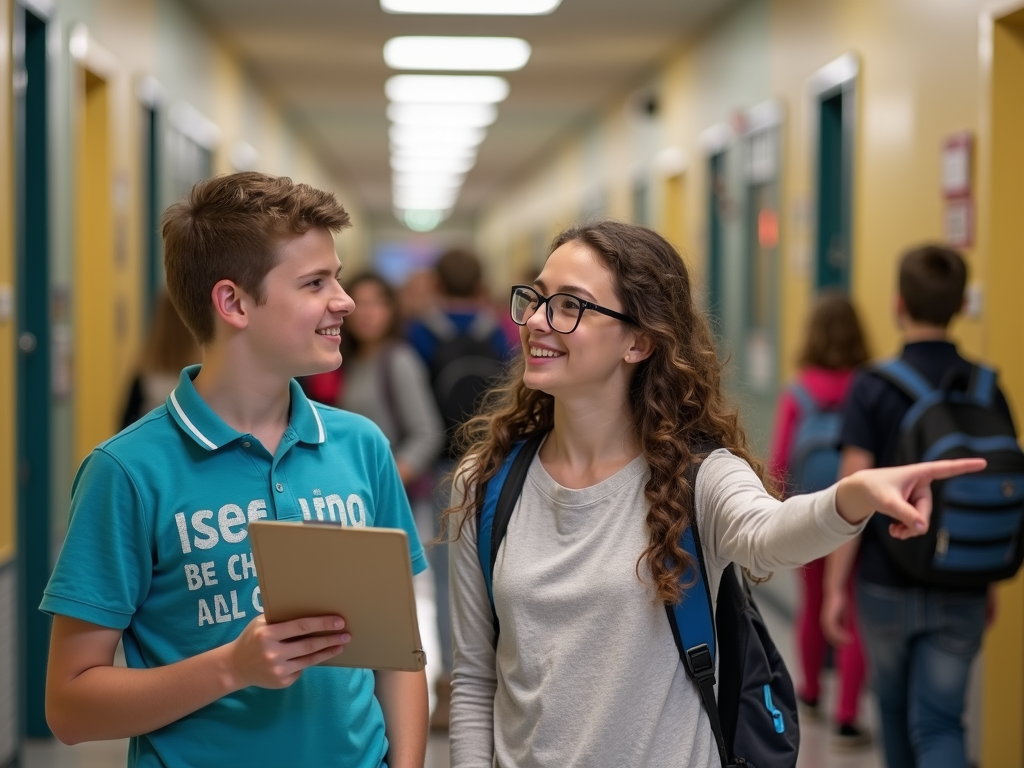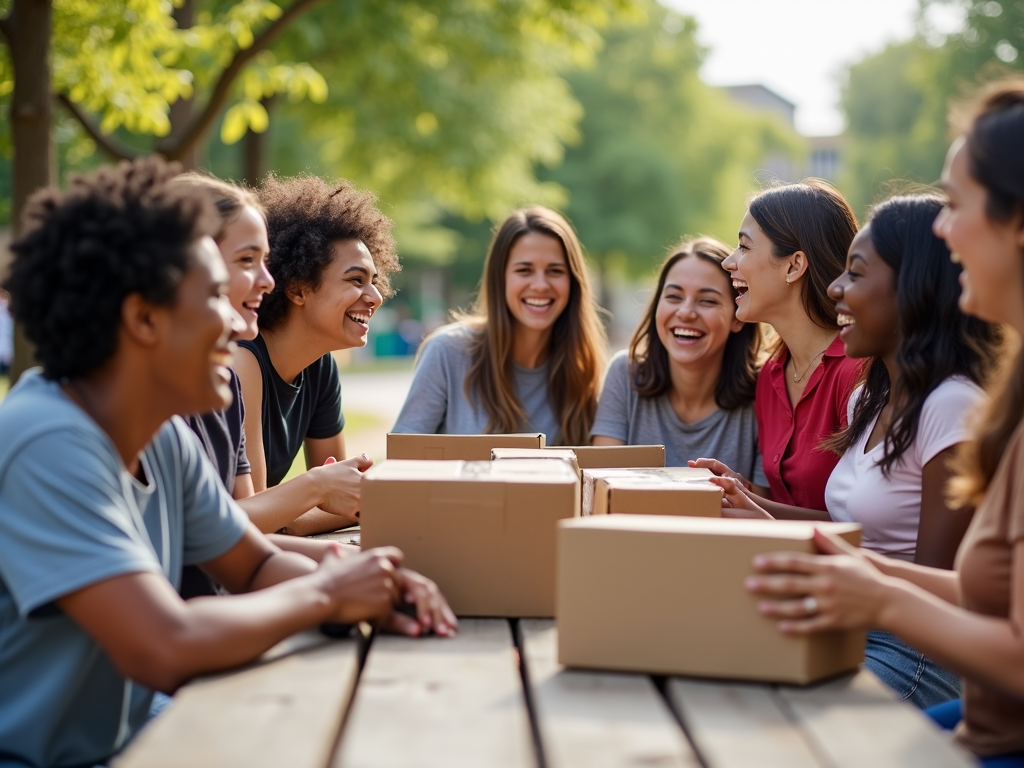Transforming Education Through Service Learning: Real Experiences and Insights
By , May 29, 2025
Overview
Service learning blends classroom lessons with community service, creating a unique and impactful way to learn. This article dives into real service learning experiences in education, showing how they benefit students, strengthen communities, and enrich traditional learning.
What is Service Learning?
Service learning is a teaching method that combines hands-on community service with academic goals. It’s more than just volunteering—it ties what students learn in class to real-world action. After the service, students reflect on their experiences to deepen their understanding.
The National Service-Learning Clearinghouse defines it as a way to 'enrich learning, teach civic responsibility, and strengthen communities.' It’s a win-win for everyone involved.

Why Service Learning Matters for Students
Service learning gives students more than just book knowledge. It builds skills and changes lives. Here’s how:
- Practical Skills: They learn teamwork, leadership, and problem-solving by doing real projects.
- Personal Growth: Helping others boosts confidence and empathy.
- Better Learning: Studies show it makes school more interesting and relevant.
Research from the Corporation for National and Community Service found that students in service learning programs often do better in school and care more about their communities.
Take Sarah, a high school junior. She joined a project at a local food bank and said, 'I learned so much about hunger in my town. Plus, organizing the drive with my classmates made me feel like a leader.' Her story shows how service learning sticks with you.

How Communities Benefit
Service learning isn’t just for students—it helps the people around them too. Projects tackle real issues like hunger, pollution, or education gaps. For example:
- Cleaning up parks or planting trees.
- Serving meals at shelters.
- Teaching kids or seniors new skills.
These efforts make neighborhoods stronger and show students they can make a difference.
In one case, a group of students worked with a food bank to collect over 1,000 pounds of food. That effort fed hundreds of families and opened the students’ eyes to local needs. It’s a perfect example of service learning in action.

Real Stories of Service Learning
Let’s look at some actual projects that brought service learning to life:
- Tech for Seniors: High schoolers taught seniors how to use computers, helping them email family or shop online.
- Green Spaces: A class teamed up with a local group to clean a park, planting flowers and picking up trash.
- Reading Buddies: College students read with young kids, boosting literacy in low-income areas.
These projects aren’t just busywork—they solve problems and teach lessons that last.

Facing Challenges
Service learning isn’t always easy. Here are some hurdles and fixes:
- Time Issues: Schoolwork can clash with service hours. Fix: Tie projects to class goals so they fit naturally.
- Money or Supplies: Projects need resources. Fix: Partner with local businesses or apply for small grants.
- Keeping Interest: Not everyone jumps in. Fix: Let students pick projects they care about.
Planning ahead makes these challenges manageable.
An educator once told me, 'The first time we tried service learning, we hit roadblocks. But once we got students involved in planning, it took off.' That’s a smart lesson for anyone starting out.

How You Can Join In
Want to try service learning? Here’s how to start:
- Teachers: Find a community need that matches your lessons. Start small and grow from there.
- Students: Ask your school about programs or pitch your own idea.
- Community Folks: Offer your expertise or space to a local school project.
Every step counts, and the rewards are worth it.
Volunteering through service learning isn’t just about giving time—it’s about growing, learning, and connecting. Anyone can play a part.

Summary
Service learning experiences in education blend school with service, helping students grow and communities thrive. From building skills to solving real problems, it’s a game-changer. With some planning, anyone can get involved and see the impact firsthand.